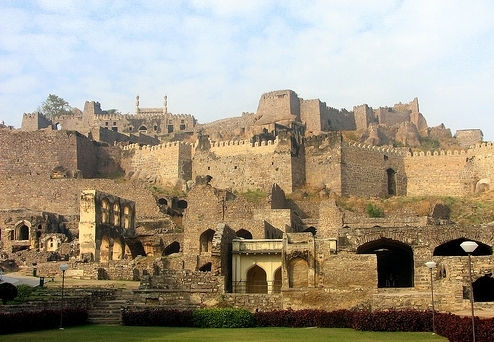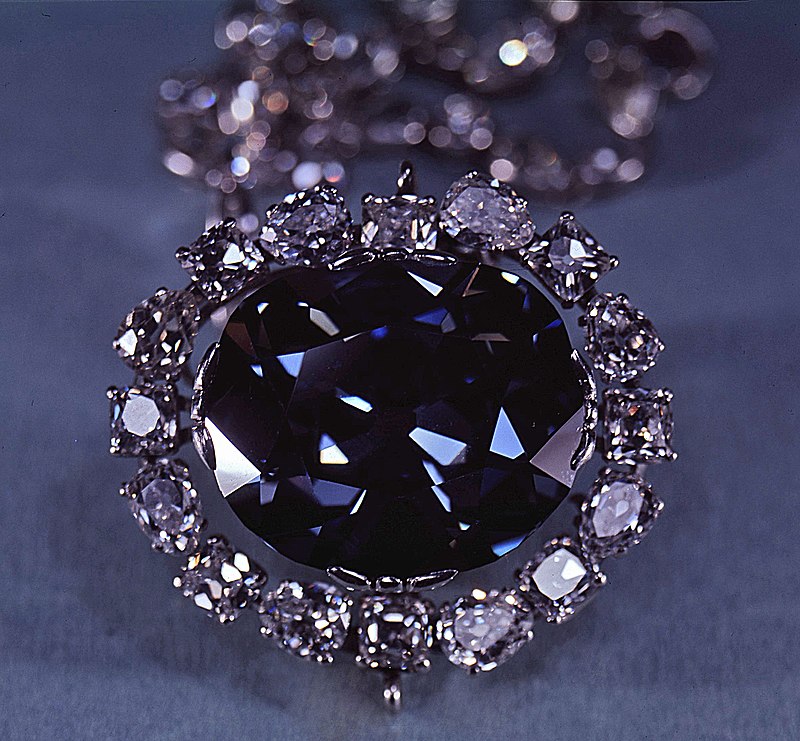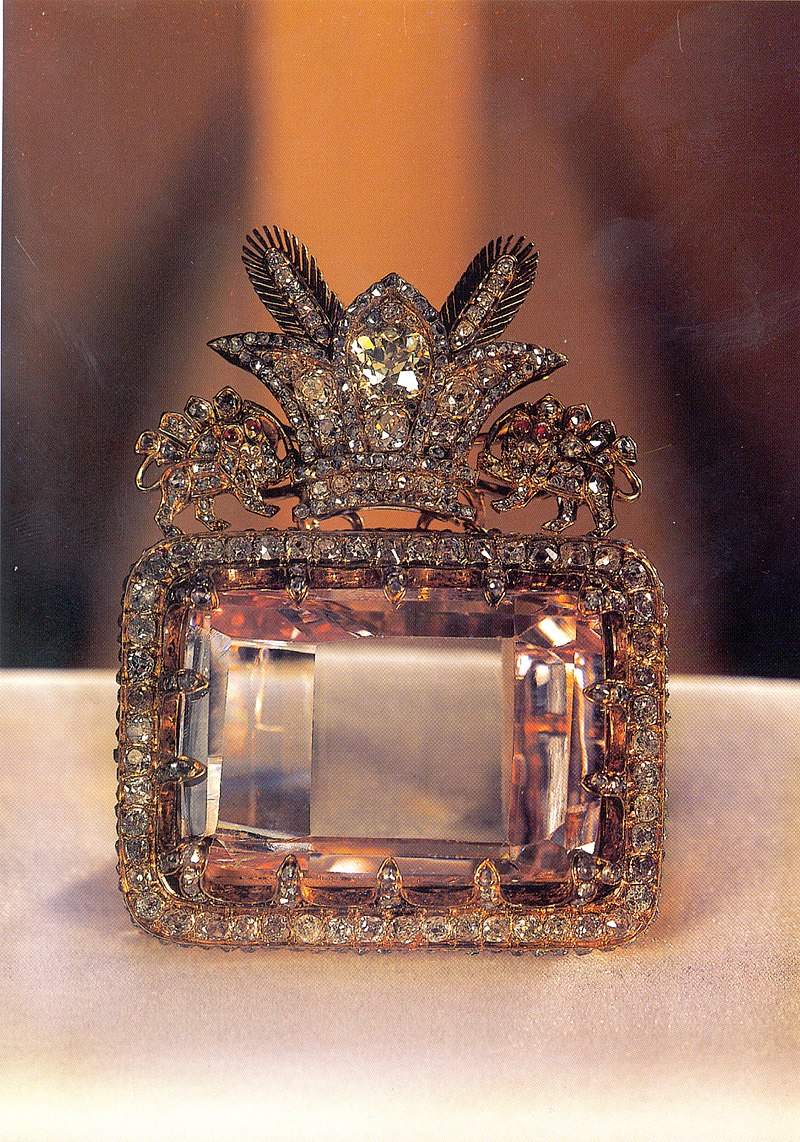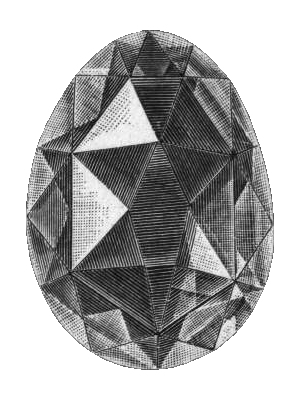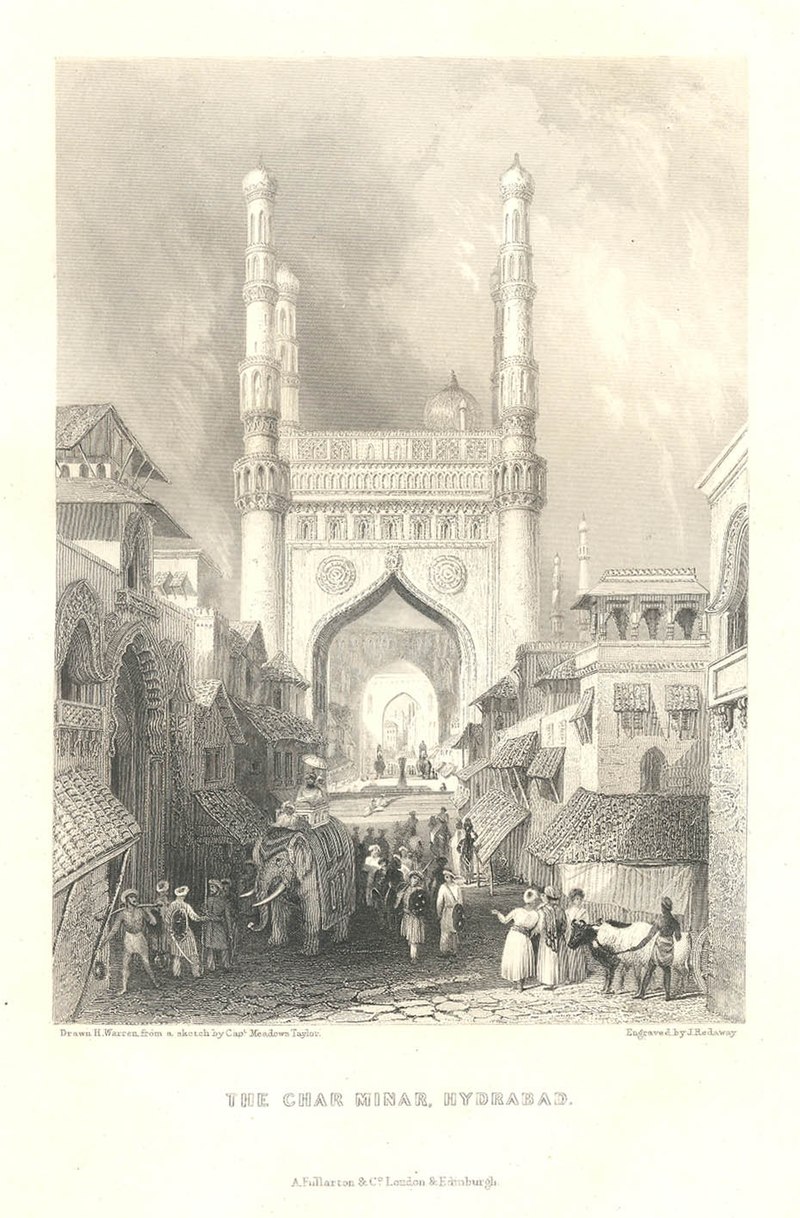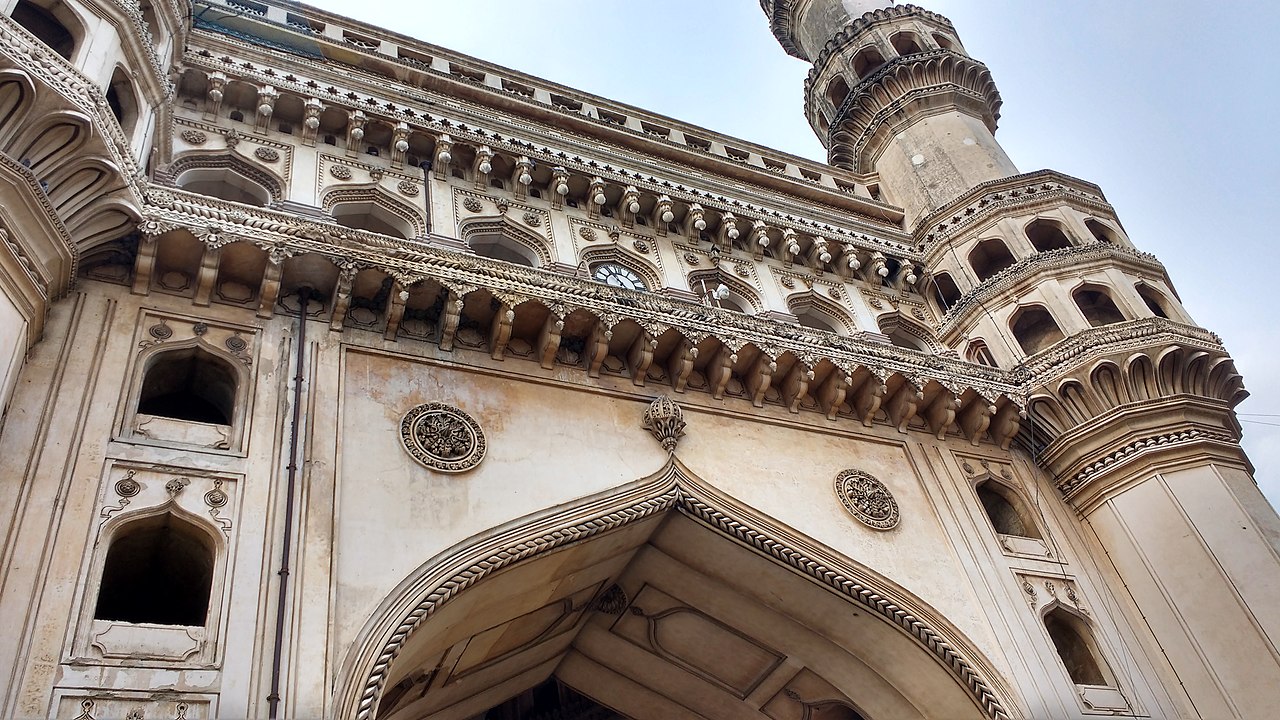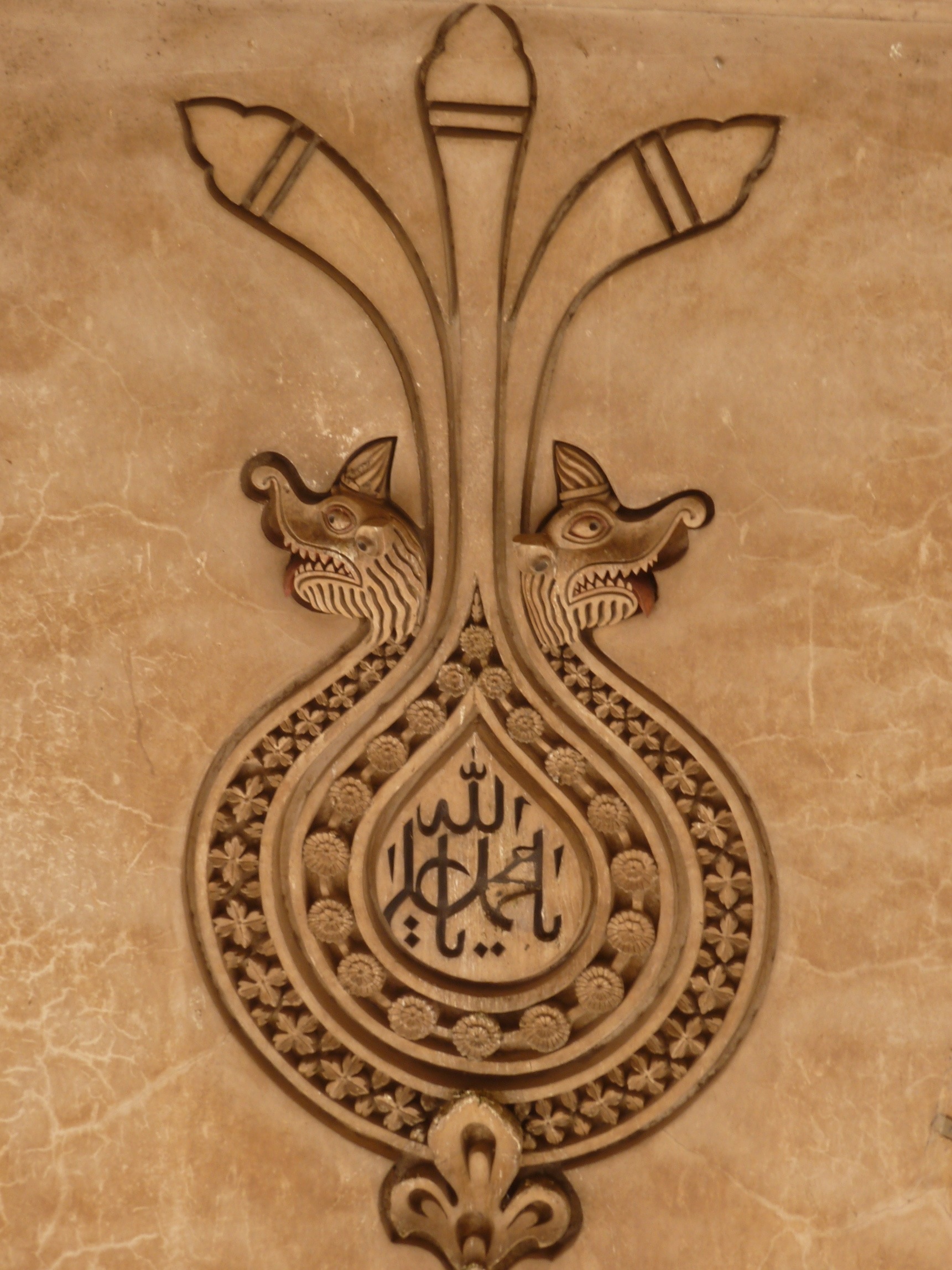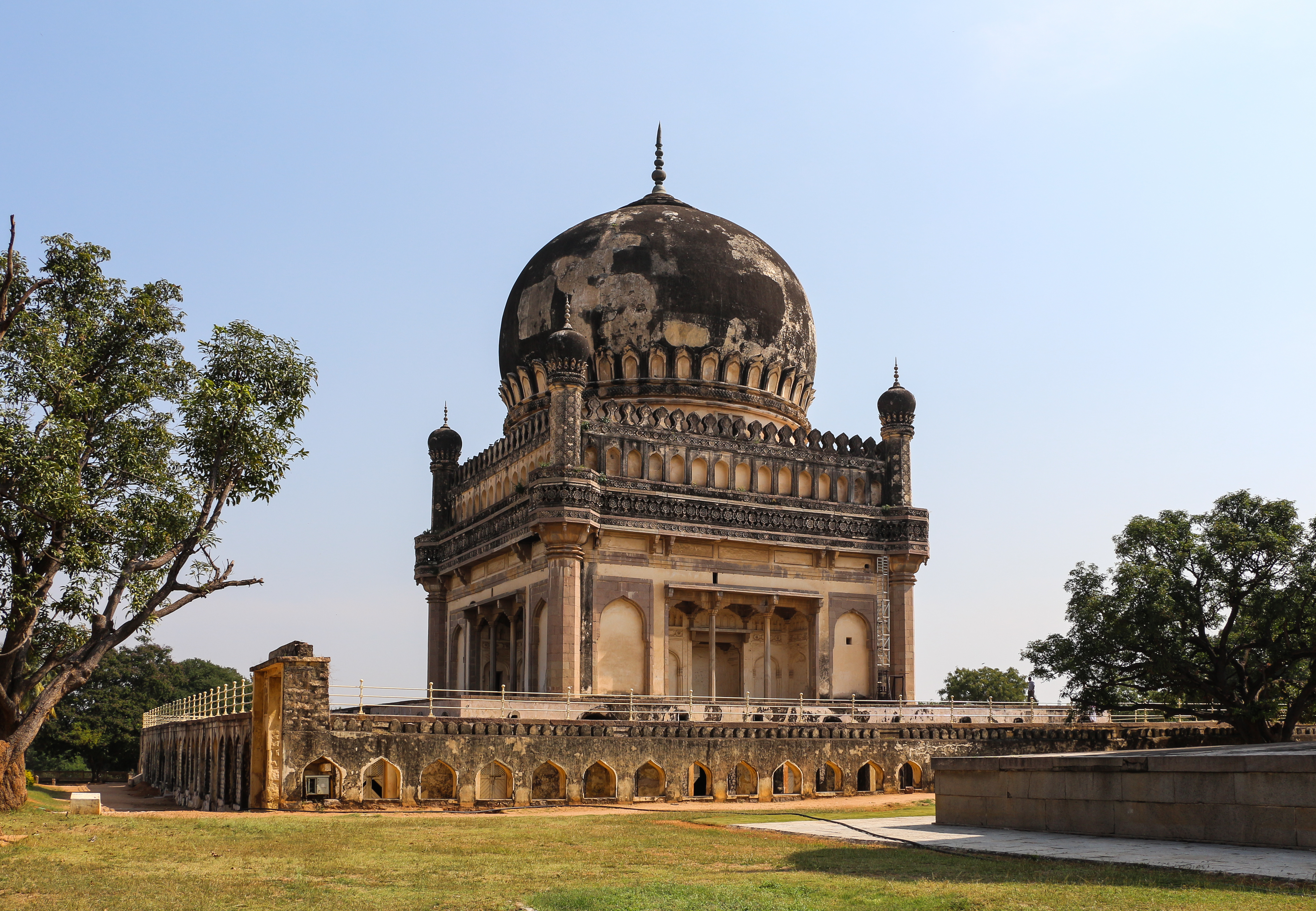Hussain Sagar : echoes of a sufiyana past
The Hussain Sagar lies between the twin cities of Hyderabad and Secunderabad. It is a Qutub Shahi structure built in 1563 by Ibrahim Quli Qutub Shah and engineered by Hussain Shah Wali, a Sufi mystic. The lake is heart shaped. Built originally for the purpose of a tank near Golconda for irrigation and drinking water, its maximum depth is 32 feet, spread across an area of 5.7 square kilometres.
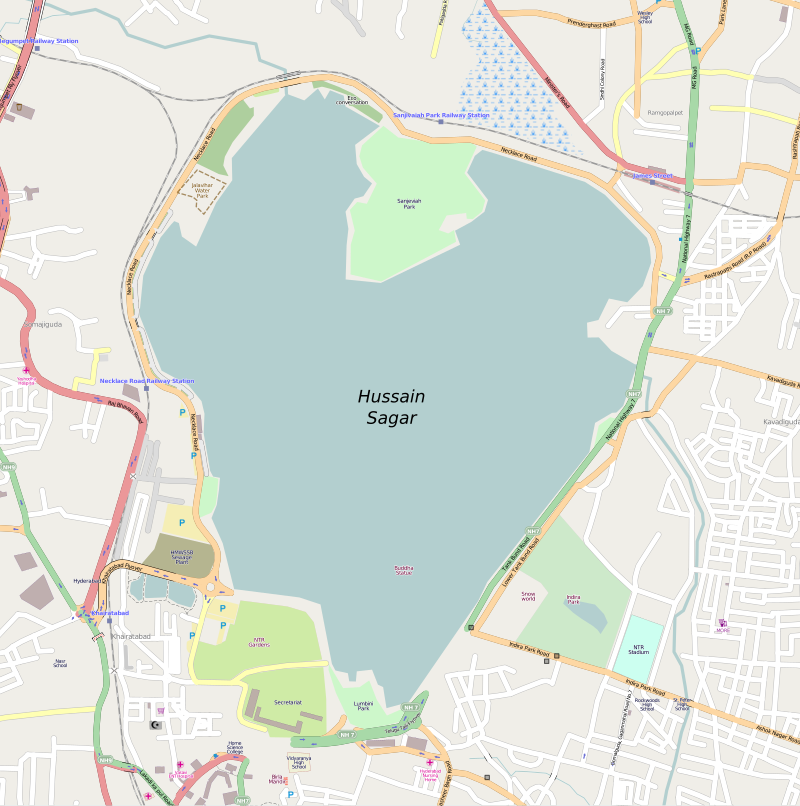
Map of Hussain Sagar, Hyderabad,Telangana.
By OpenStreetMap - http://www.openstreetmap.org/, CC BY-SA 3.0, https://commons.wikimedia.org/w/index.php?curid=22643894

Hussain Sagar, 1932.
By Unknown - Unknown, Public Domain, https://commons.wikimedia.org/w/index.php?curid=34894212

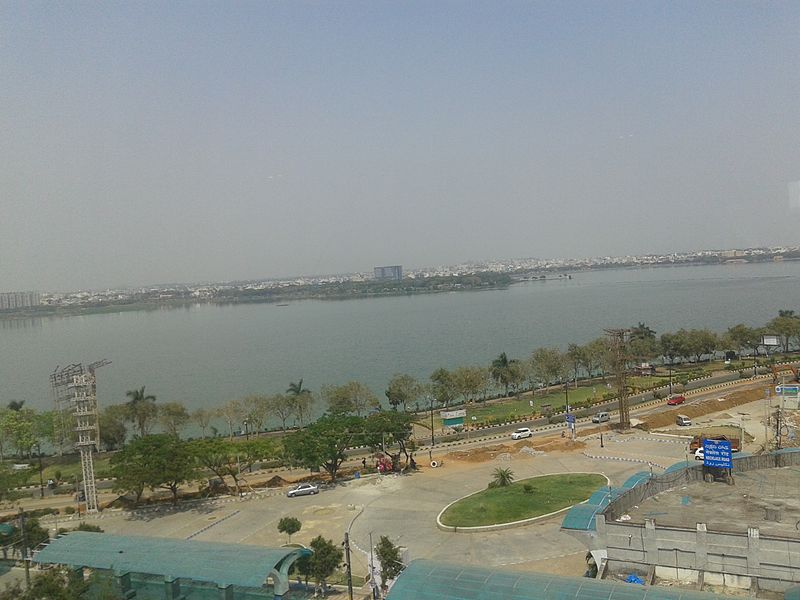
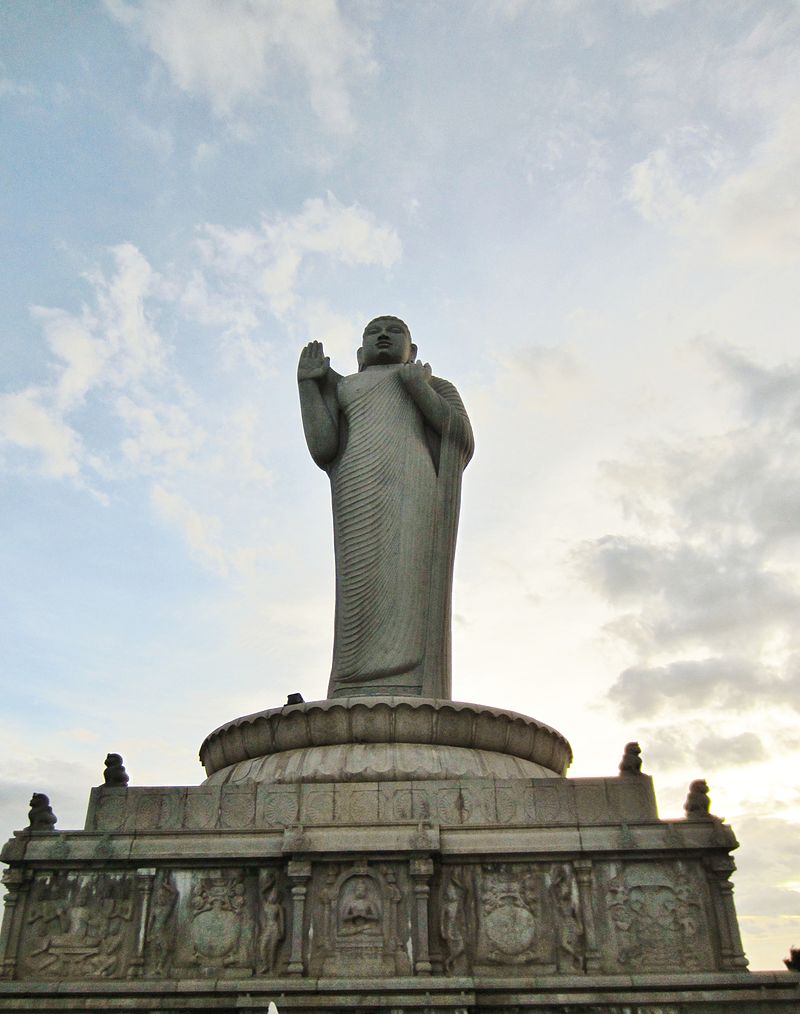

Necklace Road, Hyderabad.
By Naveenji at English Wikipedia - Own work, Public Domain, https://commons.wikimedia.org/w/index.php?curid=23038599
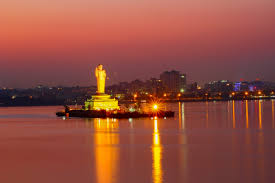
Hussain Sagar, Hyderabad.
By Poreddy Sagar (Own work) [CC BY-SA 3.0 (http://creativecommons.org/licenses/by-sa/3.0)], via Wikimedia
Commons

Indian tricolour at Sanjeevaiah Park, Hyderabad.
By Mhdmzml (Own work) [CC BY-SA 4.0 (http://creativecommons.org/licenses/by-sa/4.0)], via Wikimedia Commons

Lake wetlands, Hussain Sagar, Hyderabad.
By Adityamadhav83 (Own work) [CC BY-SA 3.0 (http://creativecommons.org/licenses/by-sa/3.0)], via Wikimedia Commons
References :
Posted by :
Soma Ghosh
Ⓒauthor
The Hussain Sagar lies between the twin cities of Hyderabad and Secunderabad. It is a Qutub Shahi structure built in 1563 by Ibrahim Quli Qutub Shah and engineered by Hussain Shah Wali, a Sufi mystic. The lake is heart shaped. Built originally for the purpose of a tank near Golconda for irrigation and drinking water, its maximum depth is 32 feet, spread across an area of 5.7 square kilometres.

Map of Hussain Sagar, Hyderabad,Telangana.
By OpenStreetMap - http://www.openstreetmap.org/, CC BY-SA 3.0, https://commons.wikimedia.org/w/index.php?curid=22643894
Hussain Shah Wali was a nephew of Khaja Bandenawaz, a famous Sufi saint of Gulbarga. He had been called to the royal court of the Qutub Shahis by Sultan Ibrahim Quli Qutub Shah, as it was a practice to have a descendant of Khaja Bandenawaz for protection and well being of the state. Hussain Shah Wali also cured him of illnesses. He was a peerzada and called Hazrat Khaja Hussain Shah Wali, a Sufi saint and is believed to have performed many miracles.He later became son-in-law of the Sultan after marriage to his daughter, Khairatunissa. The tank also provided a salubrious atmosphere for her during her illness period.
It took over three years to complete but remained unfilled for four years. The Sultan then directed Neknam Khan, a noble at his court to make channels from the River Musi to the tank, which was done and the tank was filled.

Hussain Sagar, 1932.
By Unknown - Unknown, Public Domain, https://commons.wikimedia.org/w/index.php?curid=34894212
There are many interesting structures around the lake. The lake surroundings have seen many modifications around it over the years. It was fed by the channels from the River Musi, a tributary of the Krishna and was perennially full of water. It was a source of drinking water before the Osman Sagar and Himayat Sagar were made. The monolithic giant statue of Lord Buddha is now standing majestically in the lake , installed in 1992.
The Birla Temple, Sanjeevaiah Park,Lumbini Park, The NTR Gardens, Prasad's Imax, The Paton Tank of Pakistan, Saidani-ma's tomb, various statues of important personalities including Rudrama Devi, Dr.Sarvapalli Radhakrishnan, Asaf Jah VI are present in the areas and roads around the lake. The road on one side is called the Tank Bund Road, the Tank Bund being the dam of the lake; the one on the other side is the Necklace Road. The Tank Bund Road was originally narrow, but was widened by Sir Mirza Ismail, Prime Minister of Hyderabad in 1946. The area was further beautified and statues of many important personalities were installed by the Andhra Pradesh Government in 1987-88. The area is thronged by visitors and tourists. Regular sailing events are also held on the lake. The largest flag of the country, the tricolour, was unfurled at the Sanjeevaiah Park on the 2nd anniversary of the formation of Telangana State, the 29th in India, in 2016. Efforts are on to conserve the lake and maintain its beauty.
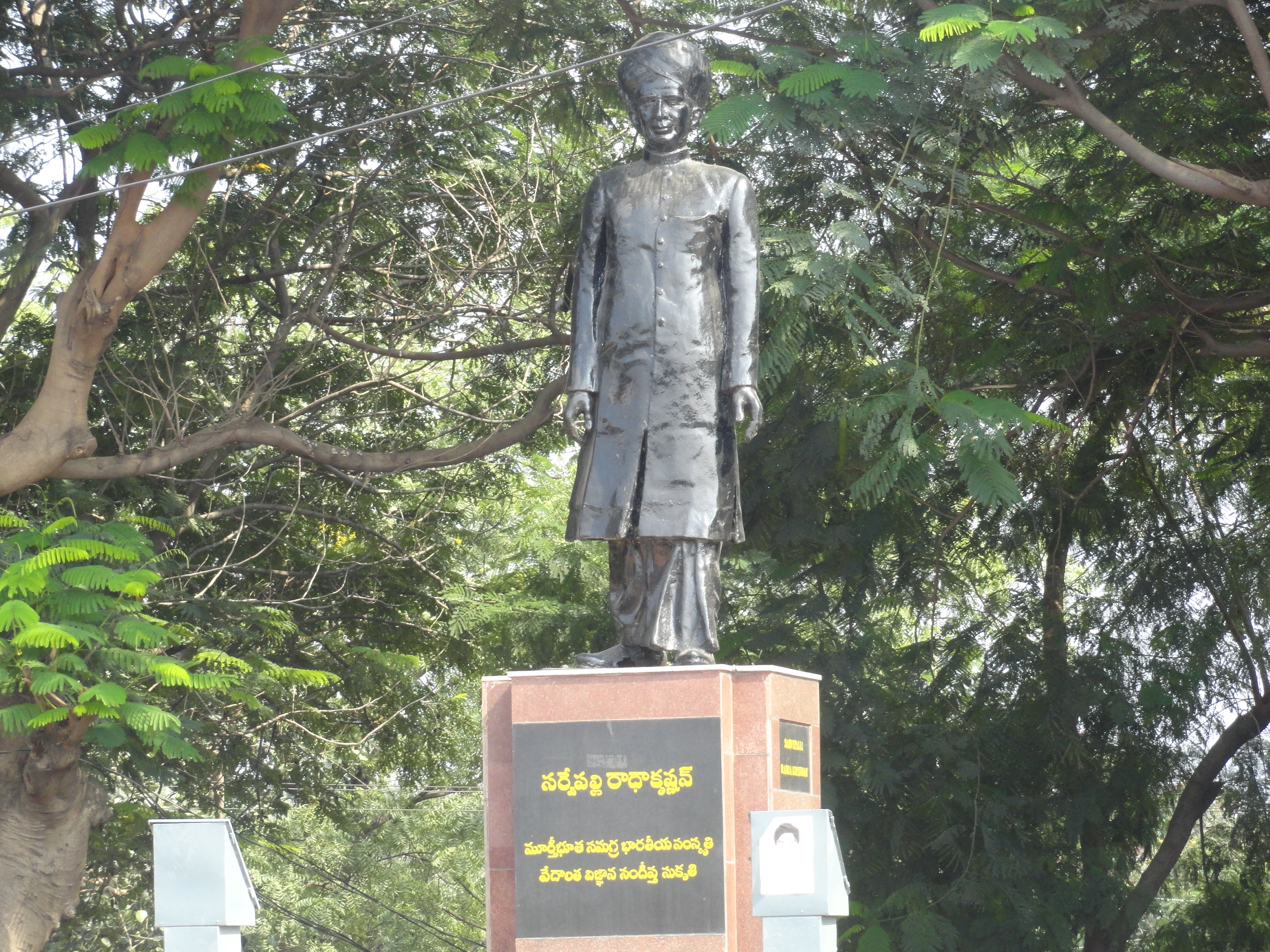
Statue of Dr. S. Radhakrishnan on Tank Bund, Hyderabad.
By Bhaskaranaidu (Own work) [CC BY-SA 3.0 (http://creativecommons.org/licenses/by-sa/3.0)], via Wikimedia Commons
The Birla Temple, Sanjeevaiah Park,Lumbini Park, The NTR Gardens, Prasad's Imax, The Paton Tank of Pakistan, Saidani-ma's tomb, various statues of important personalities including Rudrama Devi, Dr.Sarvapalli Radhakrishnan, Asaf Jah VI are present in the areas and roads around the lake. The road on one side is called the Tank Bund Road, the Tank Bund being the dam of the lake; the one on the other side is the Necklace Road. The Tank Bund Road was originally narrow, but was widened by Sir Mirza Ismail, Prime Minister of Hyderabad in 1946. The area was further beautified and statues of many important personalities were installed by the Andhra Pradesh Government in 1987-88. The area is thronged by visitors and tourists. Regular sailing events are also held on the lake. The largest flag of the country, the tricolour, was unfurled at the Sanjeevaiah Park on the 2nd anniversary of the formation of Telangana State, the 29th in India, in 2016. Efforts are on to conserve the lake and maintain its beauty.
Statue of Dr. S. Radhakrishnan on Tank Bund, Hyderabad.
By Bhaskaranaidu (Own work) [CC BY-SA 3.0 (http://creativecommons.org/licenses/by-sa/3.0)], via Wikimedia Commons

Lake-view towards evening.
By Cephas 405 - Own work, CC BY-SA 3.0, https://commons.wikimedia.org/w/index.php?curid=4792856

Aerial view, Hussain Sagar.
By Arunprakash - Own work, CC BY-SA 3.0, https://commons.wikimedia.org/w/index.php?curid=32178043

Buddha statue, Hussain Sagar Lake, Hyderabad.
By Tusharg1993 - Own work, CC BY-SA 3.0, https://commons.wikimedia.org/w/index.php?curid=28193496
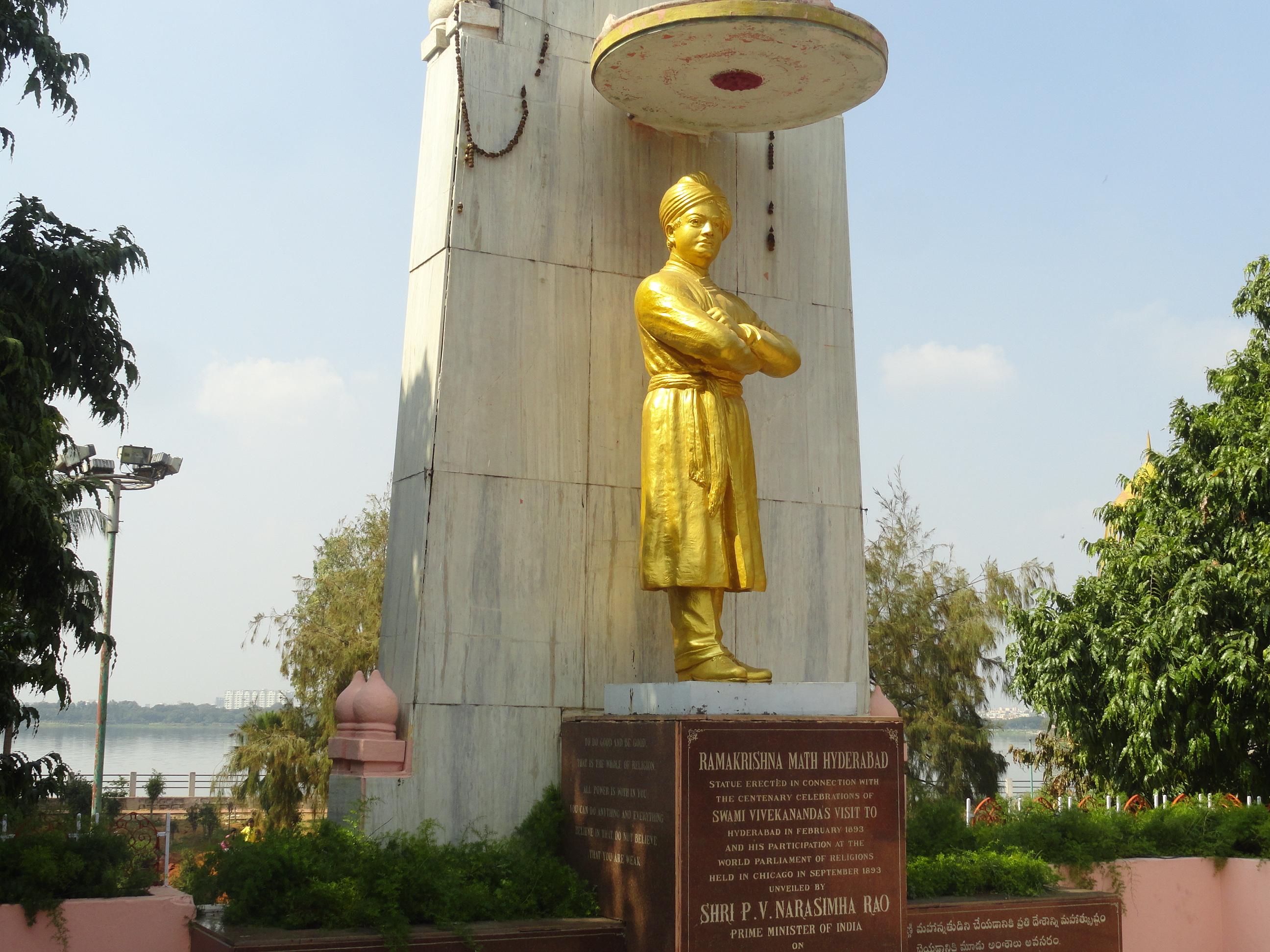
Swami Vivekananda statue, Tank Bund, Hyderabad.
By Bhaskaranaidu (Own work) [CC BY-SA 3.0 (http://creativecommons.org/licenses/by-sa/3.0)], via Wikimedia Commons
Swami Vivekananda statue, Tank Bund, Hyderabad.
By Bhaskaranaidu (Own work) [CC BY-SA 3.0 (http://creativecommons.org/licenses/by-sa/3.0)], via Wikimedia Commons

Necklace Road, Hyderabad.
By Naveenji at English Wikipedia - Own work, Public Domain, https://commons.wikimedia.org/w/index.php?curid=23038599
Hussain Sagar, Hyderabad.
By Poreddy Sagar (Own work) [CC BY-SA 3.0 (http://creativecommons.org/licenses/by-sa/3.0)], via Wikimedia
Commons

Indian tricolour at Sanjeevaiah Park, Hyderabad.
By Mhdmzml (Own work) [CC BY-SA 4.0 (http://creativecommons.org/licenses/by-sa/4.0)], via Wikimedia Commons
Lake wetlands, Hussain Sagar, Hyderabad.
By Adityamadhav83 (Own work) [CC BY-SA 3.0 (http://creativecommons.org/licenses/by-sa/3.0)], via Wikimedia Commons
References :
- Chandraiah, K/Hyderabad : 400 glorious years, Hyderabad : Information and Public Relations, 1996.
- wikipedia.org
Posted by :
Soma Ghosh
Ⓒauthor




